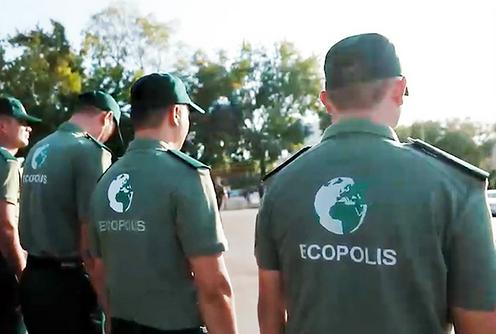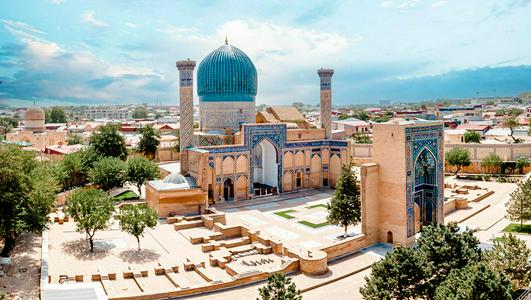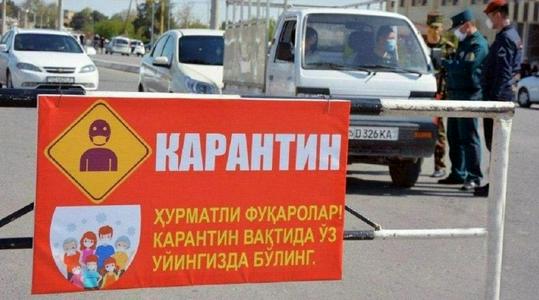In Uzbekistan, employees of the State Environmental Control Inspectorate (Eco-Police) have officially been authorized to use stun guns and service weapons. This measure is outlined in a presidential decree by Shavkat Mirziyoyev, signed on 19 November, regarding the organization of the National Committee on Ecology and Climate Change.
The decree states: “Eco-Police officers are granted the right to use physical force, special equipment (stun devices), and service weapons (rubber bullets, net guns), and body cameras are to be installed on their uniforms.”
The conditions for the use of force will follow the regulations established in the law “On Internal Affairs Bodies” until relevant legislative amendments are introduced.
The decree also approves a new organizational structure for the National Committee on Ecology and Climate Change, along with regulations governing the work of the Eco-Police and state inspectors. Under the new system, inspectors receive official ranks, salary supplements, medical support, and transportation. Work in this system counts toward the experience required for military and special ranks.
The Eco-Police are tasked with responding promptly to public requests concerning environmental and tourism issues. Officers are provided with special equipment and vehicles funded by the committee’s off-budget resources.
From 1 March 2026, all existing legal acts and decrees that provided exemptions from compensation for environmental damage will be nullified. Such exemptions will be granted only through legislation. The president strictly prohibited issuing documents that would allow non-compliance with environmental laws, including state ecological expertise conclusions, decrees, orders, protocols, government directives, interdepartmental documents, or executive acts permitting tree cutting or relocation.
From 1 April 2026, the committee will have the authority to block the sale or transfer of land plots in settlements covered with trees outside the forest fund, provided at least 10% of the local community (mahalla) agrees.
The reform also includes large-scale digitalization of environmental management. By 1 September 2026, a Unified Online Environmental Platform will be established. Industrial enterprises of categories I and II must install monitoring stations by 1 March 2026, with compensation fees for non-compliance increased fivefold.
Funding for environmental projects, research, and initiatives will come from the State Targeted Fund for National Environmental Problems, financed by the republican budget. In 2025, the fund will receive 900 billion soums ($75 million), and in 2026, 548 billion soums ($45.6 million). Starting in 2026, part of the fund’s revenue will also come from carbon trading, compensation payments, fines, and other charges. The fund’s council is tasked with ensuring that the funds are used transparently and accountably.










